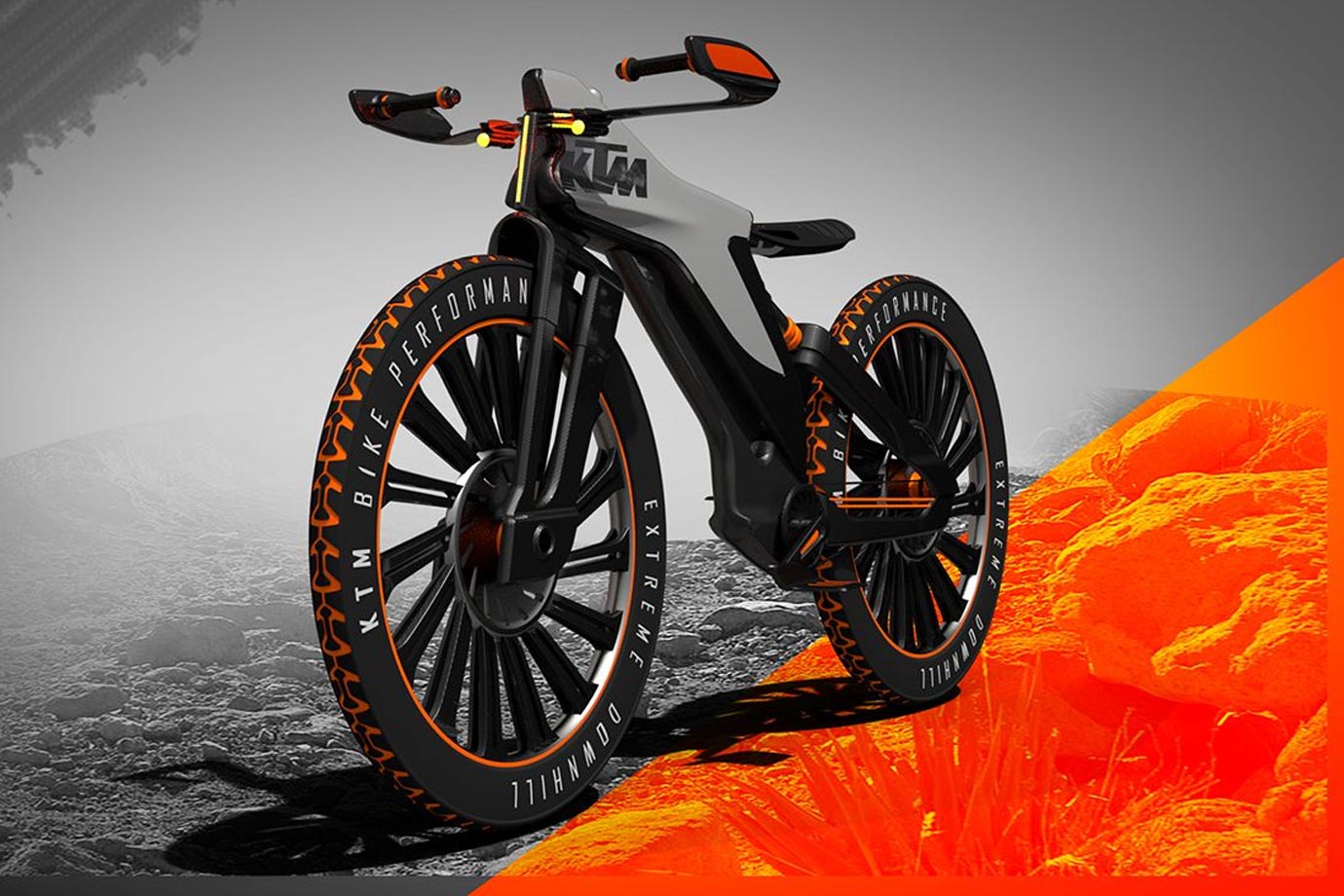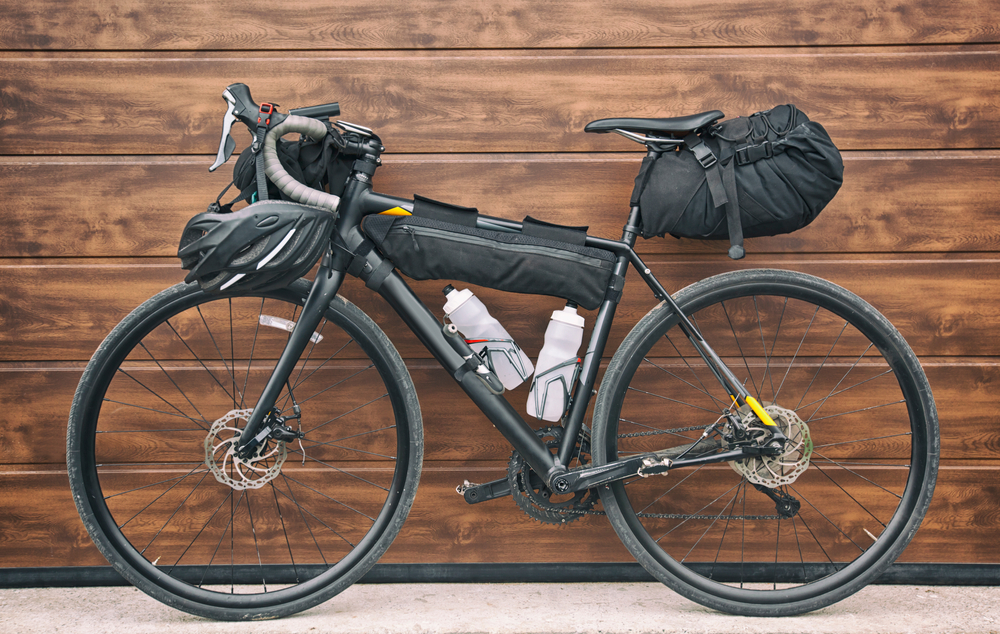Cadence refers to your pedaling rate measured in revolutions per minute. Finding your optimal cadence improves efficiency and reduces fatigue on long rides.
Quick Answer: Most recreational cyclists perform best at 80-95 RPM on flat terrain. Higher cadences (90-100+) suit racing and intervals, while lower cadences (70-80) work for climbing. Use a bike computer or power meter to monitor and train your cadence.
Why Cadence Matters
Pedaling cadence affects how your muscles and cardiovascular system share the workload of cycling. Higher cadences rely more on aerobic fitness, while lower cadences demand greater muscular force per pedal stroke.
Cadence Ranges and Their Uses
- 60-70 RPM: Heavy climbing, maximizing power on steep grades
- 80-95 RPM: Endurance pace for long rides and base training
- 95-105 RPM: Race pace and sustained threshold efforts
- 110+ RPM: Sprint intervals and peak power outputs
Training Cadence Efficiency
Include dedicated cadence drills in your training rides. Practice high-cadence spinning at 100-110 RPM for 5-minute intervals to improve neuromuscular coordination. This teaches your legs to turn circles smoothly rather than mashing the pedals.
Low-cadence strength work at 60-70 RPM builds muscular endurance. Use a harder gear and maintain steady power while pedaling slowly. Limit these efforts to avoid excessive knee strain.
Gear Selection Strategy
Choose gears that allow maintaining your target cadence range. Shift before terrain changes rather than fighting to sustain cadence in the wrong gear. On climbs, shift early enough to keep cadence above 70 RPM.
Experienced riders adjust cadence based on effort duration. Short punchy climbs might use 70-75 RPM for maximum power, while long steady climbs work better at 85-90 RPM to preserve muscular endurance.
Finding Your Optimal Cadence
Monitor heart rate and perceived exertion at different cadences during steady rides. Many cyclists naturally gravitate toward 85-90 RPM when riding comfortably. This self-selected cadence often represents your most efficient pedaling rate.


Leave a Reply